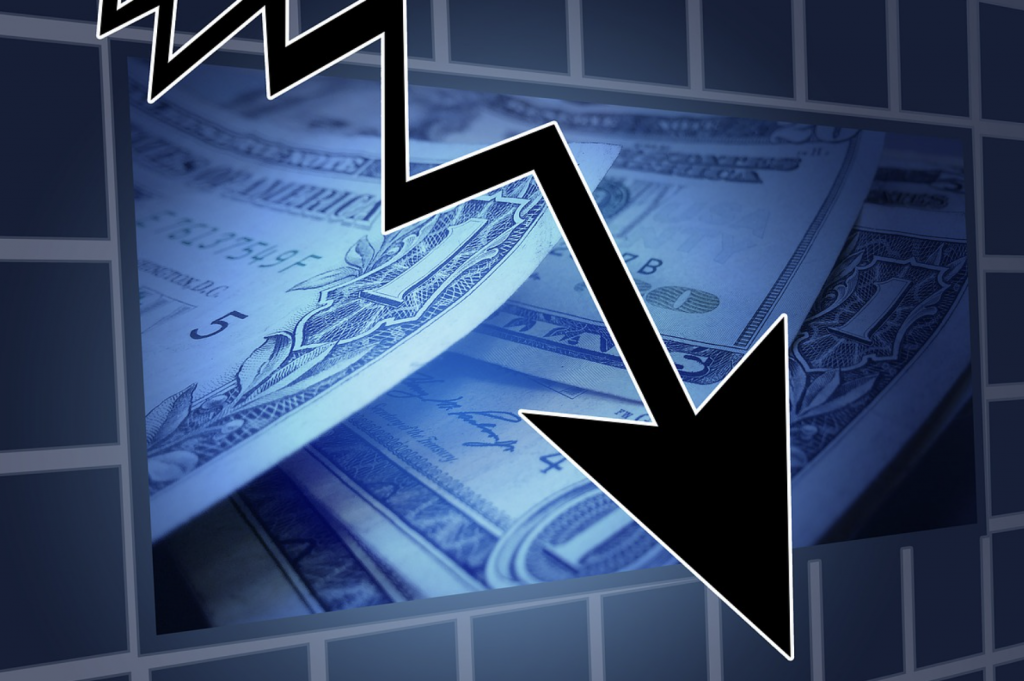We Promise Inflation Is Subsiding, Here’s How
Inflation is showing signs of easing, for instance, the consumer price index is falling, which means the costs of goods and services are starting to go down.
This article is more than 2 years old

Americans have watched helplessly for months as prices started skyrocketing on nearly everything. Gas, food, home improvement supplies, and services have all put a pinch on consumers’ wallets. But the good news is there are glimmers of hope that inflation is finally easing.
We all felt the greatest impact last summer when inflation hit its highest point in 40 years. In June 2022, the inflation rate hit a breathtaking 9.1%. It devastated individuals and families who already struggled to get by and wiped out the savings of others.
Trying to put food on the table or afford enough gas to get to work became the name of the game. Many people shared their stories and frustrations online with an increasingly empathetic audience. And then the rumors of a pending recession started.
It felt like the American people couldn’t catch a break for quite a while. Then, November’s numbers showed a hint of improvement. The inflation rate, while still high, dropped by two percentage points.
So, industry experts and analysts finally had some hope again. They eagerly waited for December’s numbers, hoping the improvement would continue. And the good news is that it did, ever so slightly.
The Labor Department released December’s consumer price index and inflation numbers this week. Unfortunately, the year-over-year inflation rate is still higher than everyone would like. But, at 6.5%, it is an improvement over November’s numbers.
According to NPR, “The consumer price index actually fell 0.1% between November and December, largely thanks to falling gasoline prices. But the Federal Reserve still has a long way to go as it tries to restore price stability.” But the Fed’s steps to stabilize the economy don’t feel very helpful.
It has repeatedly raised interest rate levels. And that has had a direct and immediate impact on the housing market. Buyers looking for a 30-year fixed-rate loan now pay a sky-high interest rate.
Fixed-rate mortgages average 6.5%. That rate is over double the interest rate homeowners saw last year. The additional cost of owning a home has put an ever greater pinch on consumers.
However, it isn’t just homeowners feeling the added pinch. Rents have gone up across the nation as well. So, “Housing costs have been a top driver of inflation in recent months.”
There is good news on the horizon, though. The cost of goods is declining in some categories. Bacon, used cars, gas, health insurance, and airfare all went down between November and December.
It may not feel like much, but it is a step in the right direction. Just now that money might get slightly tighter before the economy finally stabilizes. The Fed reportedly plans another interest rate hike in February.
Mary Daly, the San Francisco Federal Reserve Bank president, said, “If you declare victory early and stop, you could find yourself with a much worse situation down the road.” So the goal is to continue raising interest rates to straighten out the economy and ease inflation. The only question is, is this strategy working, or is it hurting more people?






